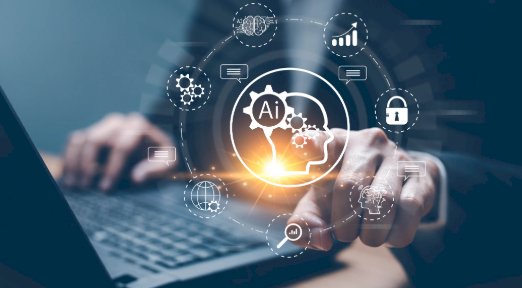Using AI to Crack Personalized, Real-World Experiences In Marketing

n 2025, artificial intelligence (AI) isn’t just another marketing tool—it’s reshaping how brands connect with their audiences in increasingly personal and immersive ways. From customized campaigns by global giants to the boom of independent projects, the marketing landscape is undergoing a transformation that prioritizes individual expression and authentic engagement.
Personal Touch Goes Global
Leading brands are demonstrating that personalization isn’t just a luxury feature—it’s a fundamental consumer expectation that drives real business results. Coca-Cola’s “Create Real Magic” campaign exemplifies this shift. Powered by Leonardo’s AI technology, Coke transformed personal holiday memories into shareable digital snow globes enabling their 1 billion + consumers globally to visualize their cherished family stories in unique, artistic ways.
Similarly, Ducati’s “Hack the A.Icon” campaign demonstrated the power of putting creative control in consumers’ hands. The iconic motorcycle manufacturer invited enthusiasts to reimagine their Scrambler model according to their own visions. The response was overwhelming – more than 4,000 unique, high-quality design variations were created in the first week alone. By inviting customers to see their own creative identity reflected in the brand, this approach allowed Ducati to strengthen brand loyalty.
Even different industries are finding success with AI personalization. eSpark, an education platform, is enhancing PK-8 learning for more than one million students by generating AI-powered illustrations for reading exercises. This alone led to 32% more student-created stories, twice the amount of peer sharing, and improved mastery of learning standards.
Beyond Traditional Marketing
The shift toward experiential marketing is equally significant. Live events and activations are becoming testing grounds for innovative AI applications, offering real-time visualization and inviting consumers to play creative director with their surroundings in a completely new way. From SXSW’s AI-powered temporary tattoo studio to real-time music visualization at festivals, brands are creating memorable, participatory experiences that blur the line between the digital and physical worlds.
The success of these campaigns has sparked a transformation in how creative professionals approach their work. Seasoned creatives are finding new ways to elevate their expertise with AI tools, powering them to produce higher-quality work more efficiently. Creative teams can now rapidly prototype ideas, visualize concepts, and iterate on designs in ways that were previously impossible. For marketers, AI brings a new level of flexibility to work. AI-generated images, for example, allow them to easily adapt content to specific audiences and push creative boundaries.
Potential of Collaboration
In its time, cloud computing revolutionized the modern workforce with shared docs, whiteboard tools, and more. Teams of the 21st century expect these collaborative spaces to operate consistently and simultaneously. Generative AI is the latest iteration of that expectation. Collaboration is at the heart of all creativity and collaborative AI pipelines will be the norm.
For example, Immix, an animation studio, uses private AI models within secure cloud environments to maintain creative consistency while enabling simultaneous work on different scenes. Effectively, these ‘private models’ allow them to direct the creativity in exactly the style or content they prescribe, rather than getting an ‘approximate fit.’ Design studio Love+Money has adopted a “power user” approach, where AI-savvy team members establish workflows that the entire studio can leverage.


















